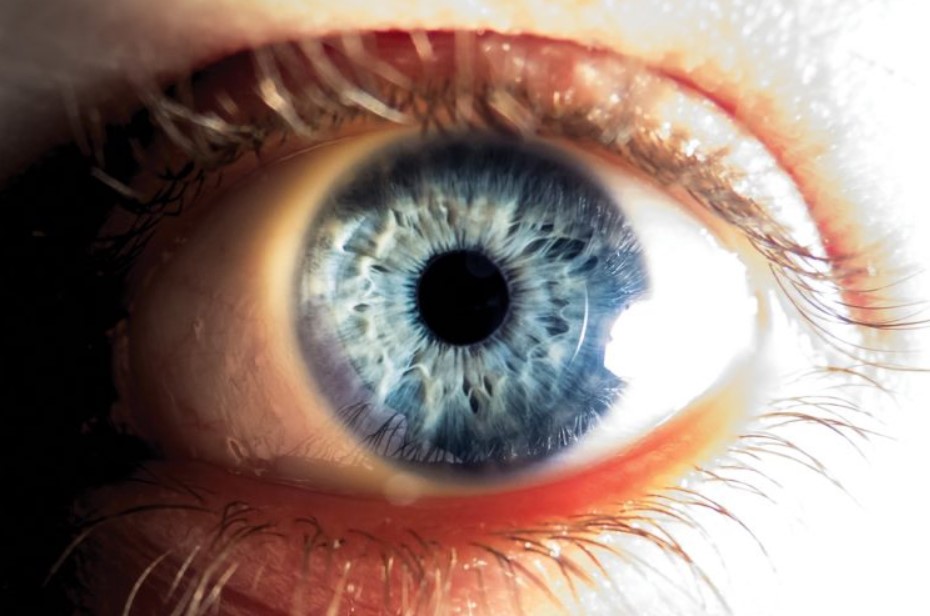Unveiling the Spectrum of Retinal Diseases: Exploring Causes, Symptoms, and Advances in Treatment

The intricate tapestry of human vision is woven by the delicate threads of the retina—a remarkable layer of tissue lining the back of the eye. This remarkable structure plays a pivotal role in capturing light, translating it into electrical signals, and conveying the essence of the world to our brains. However, the canvas of the retina is not immune to the brushstrokes of disease. In this article, we embark on a journey to unravel the complexities of retinal diseases of the eye, delving into their origins, manifestations, and the groundbreaking strides being made in their diagnosis and treatment.
The Role of the Retina:
The retina is often likened to a living camera, as it’s responsible for capturing light and transforming it into visual information. Comprising layers of cells, including photoreceptors, ganglion cells, and intricate neural connections, the retina is the gateway to the world of sight. Its meticulous structure enables it to interpret light patterns, colors, and shapes, while sending these interpretations to the brain for further processing.
An Array of Retinal Diseases:
Retinal diseases encompass a diverse spectrum of conditions that can manifest in various ways, affecting central and peripheral vision. Some of the most prominent retinal diseases include:
- Age-Related Macular Degeneration (AMD): A prevalent condition among the elderly, AMD causes gradual damage to the macula, impairing central vision and making tasks like reading and recognizing faces challenging.
- Diabetic Retinopathy: An outcome of long-term diabetes, this disease damages retinal blood vessels, leading to vision impairment or even blindness if left untreated.
- Retinal Detachment: When the retina becomes separated from its underlying tissues, retinal detachment occurs, resulting in vision loss and requiring immediate medical attention.
- Retinitis Pigmentosa: An inherited disorder, retinitis pigmentosa affects the photoreceptor cells, leading to gradual vision loss, night blindness, and tunnel vision.
- Macular Edema: Characterized by fluid accumulation in the macula, macular edema can stem from conditions like diabetic retinopathy and can significantly impair central vision.
Navigating Symptoms and Diagnosis:
Symptoms of retinal diseases vary depending on the specific condition but can include blurred or distorted vision, loss of central or peripheral vision, flashes of light, and even complete blindness. Timely diagnosis is crucial and involves comprehensive eye examinations, including visual acuity tests, dilated eye exams, and advanced imaging techniques like optical coherence tomography (OCT).
Advances in Treatment:
In the realm of retinal disease treatment, remarkable advancements have transformed the landscape. Depending on the specific condition, treatment options include:
- Medications: Anti-VEGF medications can be injected into the eye to slow the progression of conditions like AMD and diabetic retinopathy by inhibiting the growth of abnormal blood vessels.
- Laser Therapy: Laser treatment can be used to seal leaking blood vessels, reducing fluid buildup in the retina and addressing conditions like diabetic retinopathy and macular edema.
- Vitrectomy: A surgical procedure, vitrectomy involves removing the vitreous gel from the eye to treat retinal detachment, epiretinal membrane, and other conditions.
The Power of Early Intervention:
Early detection and intervention are key to managing retinal diseases effectively. Routine eye examinations play a crucial role in identifying potential issues before they progress to advanced stages. Additionally, maintaining a healthy lifestyle that includes a balanced diet, regular exercise, and blood sugar control (for diabetes) can contribute to overall retinal health.
Retinal diseases cast a vast shadow over the world of vision, affecting individuals of all ages and backgrounds. As medical science advances, so does our understanding of these intricate conditions and our ability to diagnose and treat them. By staying informed, seeking regular eye check-ups, and adopting a proactive approach to maintaining eye health, individuals can ensure that their retinas continue to capture the vibrant beauty of the world for years to come.









